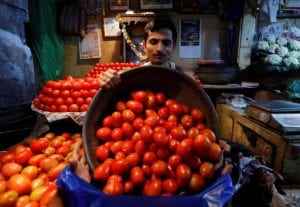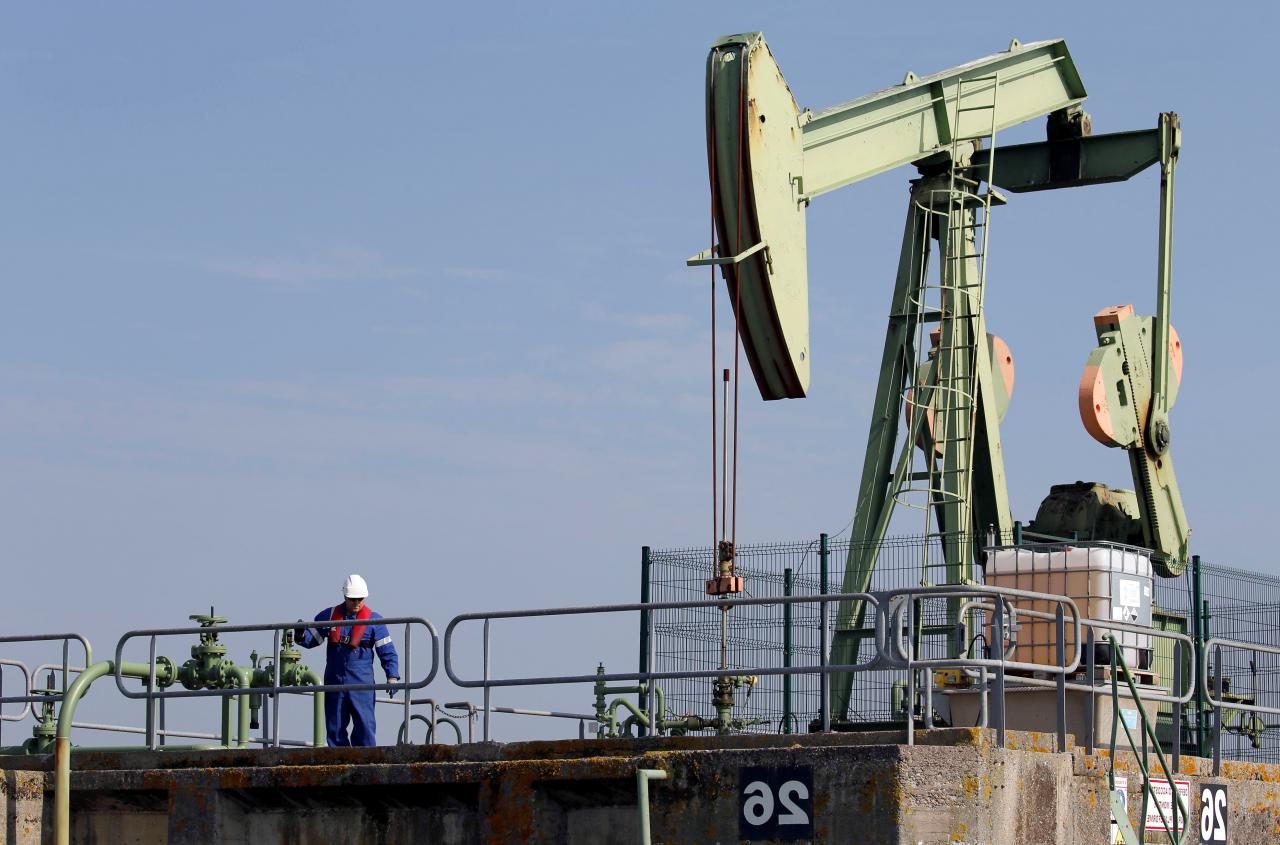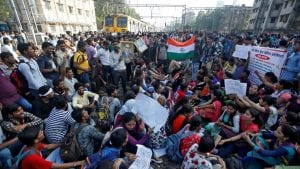19 crore Indian adults don’t have bank account, says World Bank

KV Prasad Jun 13, 2022, 06:35 AM IST (Published)
 Listen to the Article (6 Minutes)
Listen to the Article (6 Minutes)
Summary
India has 19 crore adults without a bank account despite the success of the ambitious Jan Dhan Yojana, making it the world’s second largest unbanked population after that of China, the World Bank said in a report on Thursday. Besides, almost half of the bank accounts remained inactive in the past year, the multilateral financial …
Continue reading “19 crore Indian adults don’t have bank account, says World Bank”
India has 19 crore adults without a bank account despite the success of the ambitious Jan Dhan Yojana, making it the world’s second largest unbanked population after that of China, the World Bank said in a report on Thursday.
Besides, almost half of the bank accounts remained inactive in the past year, the multilateral financial institution said in a report, even as it lauded the Indian government’s financial inclusion scheme, the Jan Dhan Yojana, for bringing in additional 31 crore Indians into the formal banking system by March 2018.
It also said the country’s adult population with a bank account has more than doubled to 80% since 2011. The Jan Dhan Yojana was launched by the Modi government in 2014.
According to the latest Global Findex Database released by the World Bank on the sidelines of the annual Spring meeting of the International Monetary Fund and the World Bank, 11% of the world’s unbanked adults are in India.
Globally, 69% of adults, i.e, over 3.8 billion people, now have an account at a bank or mobile money provider, a crucial step in escaping poverty.
This is up from 62% in 2014 and the 51% in 2011. From 2014 to 2017, 515 million adults have obtained an account, and 1.2 billion have done so since 2011, according to the Global Findex database.
The Bank said that China and India, despite having relatively high account ownership, claim large shares of the global unbanked population because of their sheer size.
Home to 225 million adults without an account, China has the world’s largest unbanked population, followed by India (190 million or 19 crore), Pakistan (100 million), and Indonesia (95 million).
The Modi government’s massive push in 2014 to increase account ownership through biometric identification cards has benefited traditionally excluded groups, the World Bank said. It, however, expressed concern that almost half of the account owners have an account that remained inactive in the past year.
Part of the explanation might be India’s Jan-Dhan Yojana scheme, developed by the government to increase account ownership. The scheme brought an additional 310 million Indians into the formal banking system by March 2018, many of whom might not yet have had an opportunity to use their new account, it said.
In India, the share of adults with an account has more than doubled since 2011, to 80%, the World Bank said, adding that an important factor driving this increase was a government policy launched in 2014 to boost account ownership among unbanked adults through biometric identification cards.
“This policy benefited traditionally excluded groups and helped ensure inclusive growth in account ownership, the report said.
Between 2014 and 2017, account ownership in India rose by more than 30 percentage points among women as well as among adults in the poorest 40% of households.
Among men and among adults, in the wealthiest 60% of households, it increased by about 20 percentage points.
The World Bank said a strong government push to increase account ownership through the Aadhaar move has helped narrow both the gender gap and the gap between richer and poorer adults. In India three years ago, men were 20% more likely than women to have an account.
“Today, India’s gender gap has shrunk to 6 percentage points thanks to a strong government push to increase account ownership through biometric identification cards,” the report said.
Observing that for governments, switching from cash to digital payments can reduce corruption and improve efficiency, the World Bank said in India the leakage of funds for pension payments dropped by 47% (2.8 percentage points) when the payments were made through biometric smart cards rather than being handed out in cash.
According to the report, the gender gap in the use of digital payments varies substantially among developing economies.
In India, for example, 42% of male account owners use digital payments, while just 29% of female account owners do, it said.
“In the past few years, we have seen great strides around the world in connecting people to formal financial services,” World Bank Group President Jim Yong Kim said.
“Financial inclusion allows people to save for family needs, borrow to support a business, or build a cushion against an emergency.
“Having access to financial services is a critical step towards reducing both poverty and inequality, and new data on mobile phone ownership and internet access show unprecedented opportunities to use technology to achieve universal financial inclusion,” he added.
Globally, 1.7 billion adults remain unbanked, yet two-thirds of them own a mobile phone that could help them access financial services.
Digital technology could take advantage of existing cash transactions to bring people into the financial system, the report finds.
In South Asia, the share of adults with an account rose by 23 percentage points, to 70%.
Progress was driven by India, where a government policy to increase financial inclusion through biometric identification pushed the share with an account up to 80%, with big gains among women and poorer adults.
Excluding India, regional account ownership still rose by 12 percentage points but men often benefited more than women.

Elon Musk forms several ‘X Holdings’ companies to fund potential Twitter buyout
3 Mins Read
Thursday’s filing dispelled some doubts, though Musk still has work to do. He and his advisers will spend the coming days vetting potential investors for the equity portion of his offer, according to people familiar with the matter

KV Prasad Journo follow politics, process in Parliament and US Congress. Former Congressional APSA-Fulbright Fellow









 Listen to the Article
Listen to the Article 
 Daily Newsletter
Daily Newsletter











